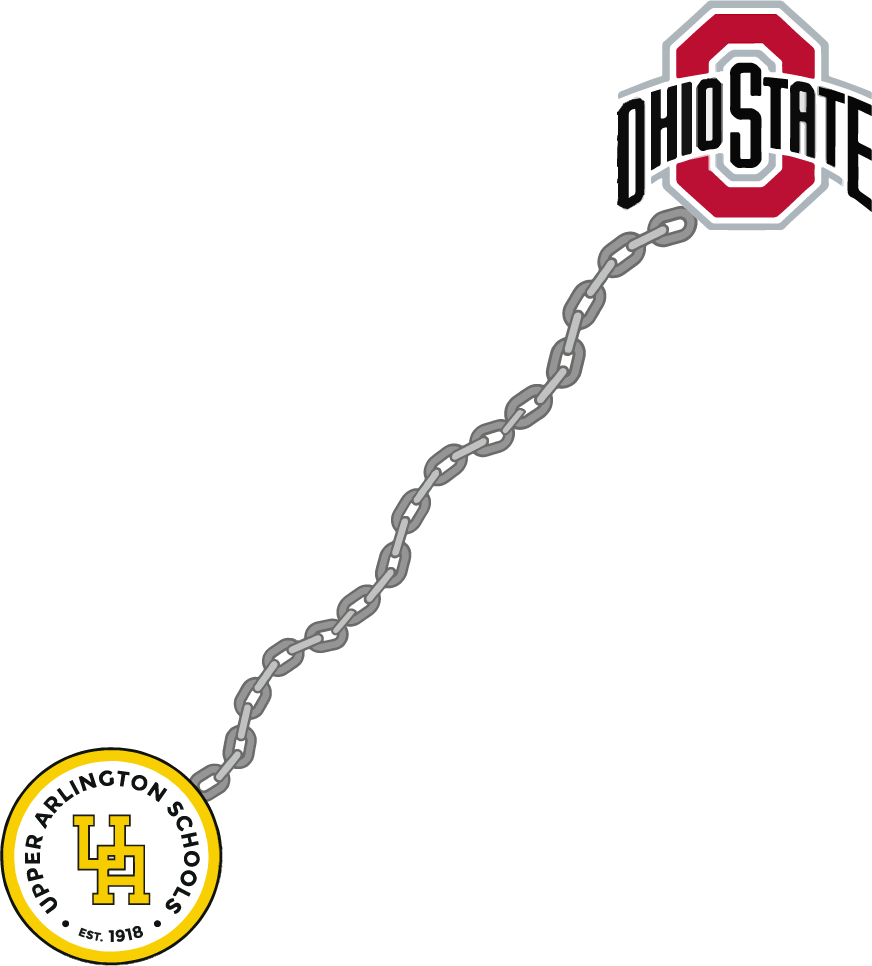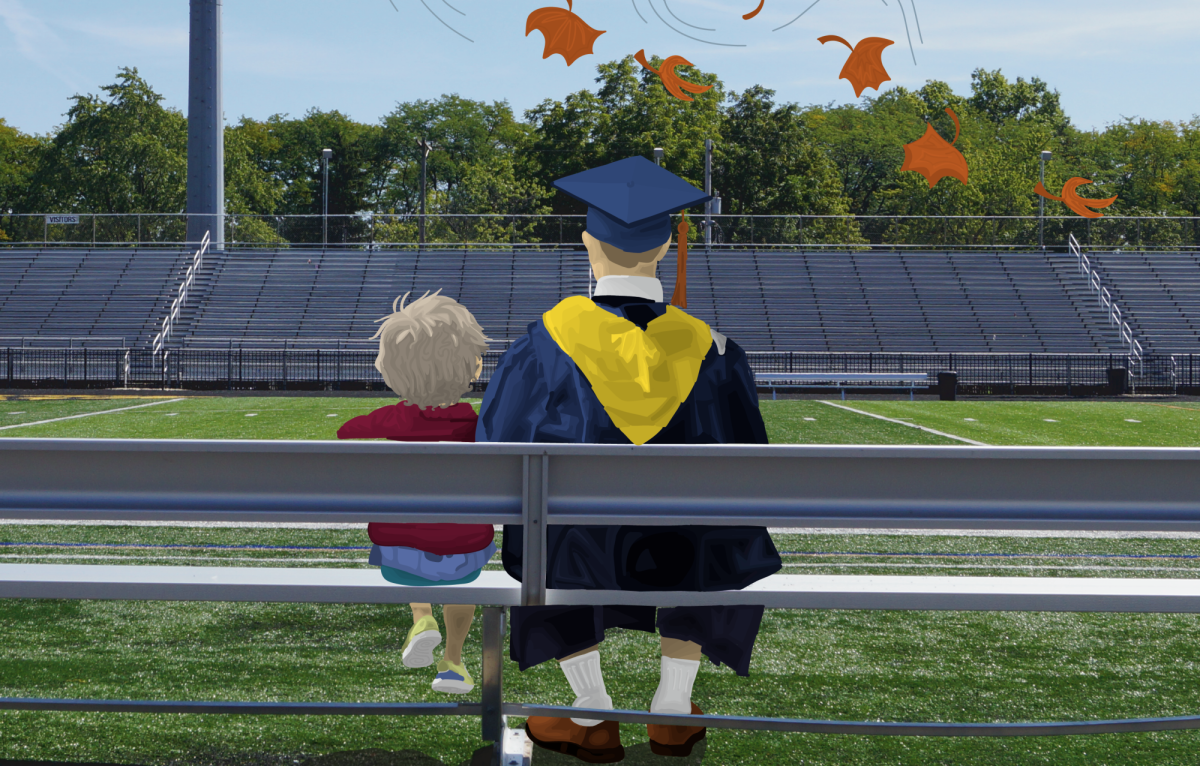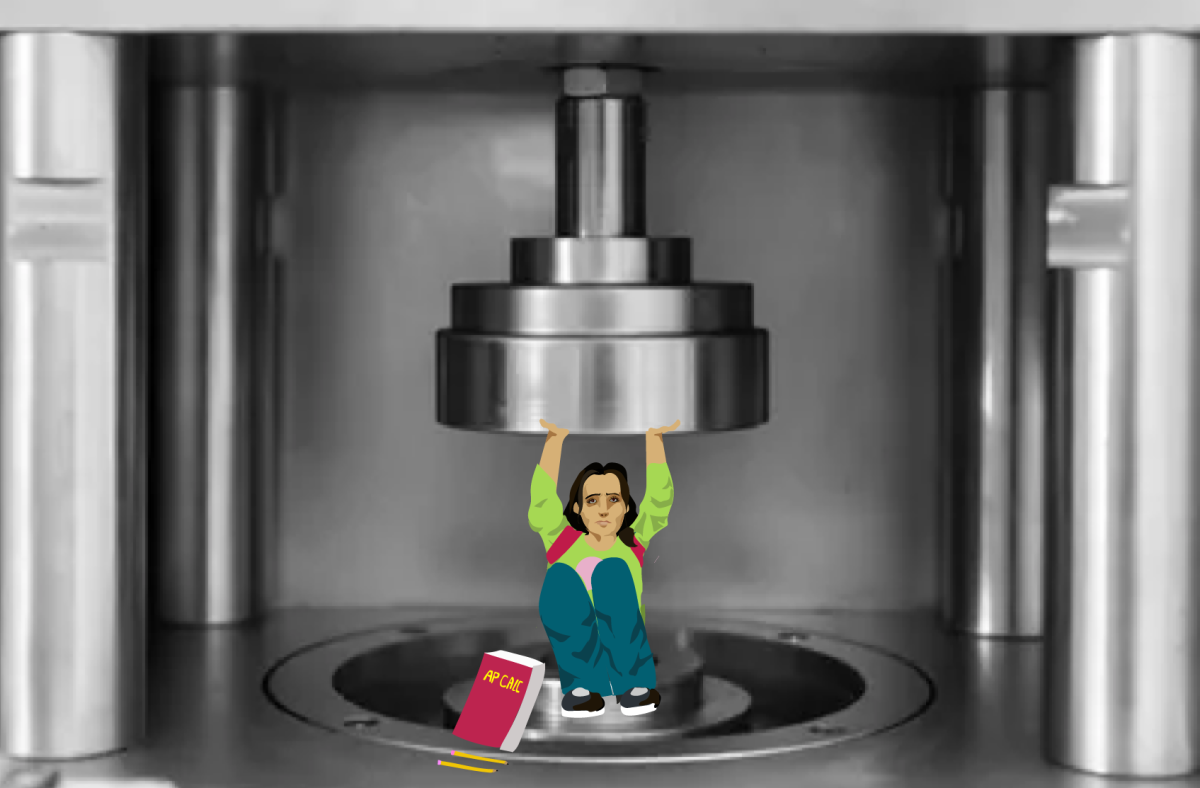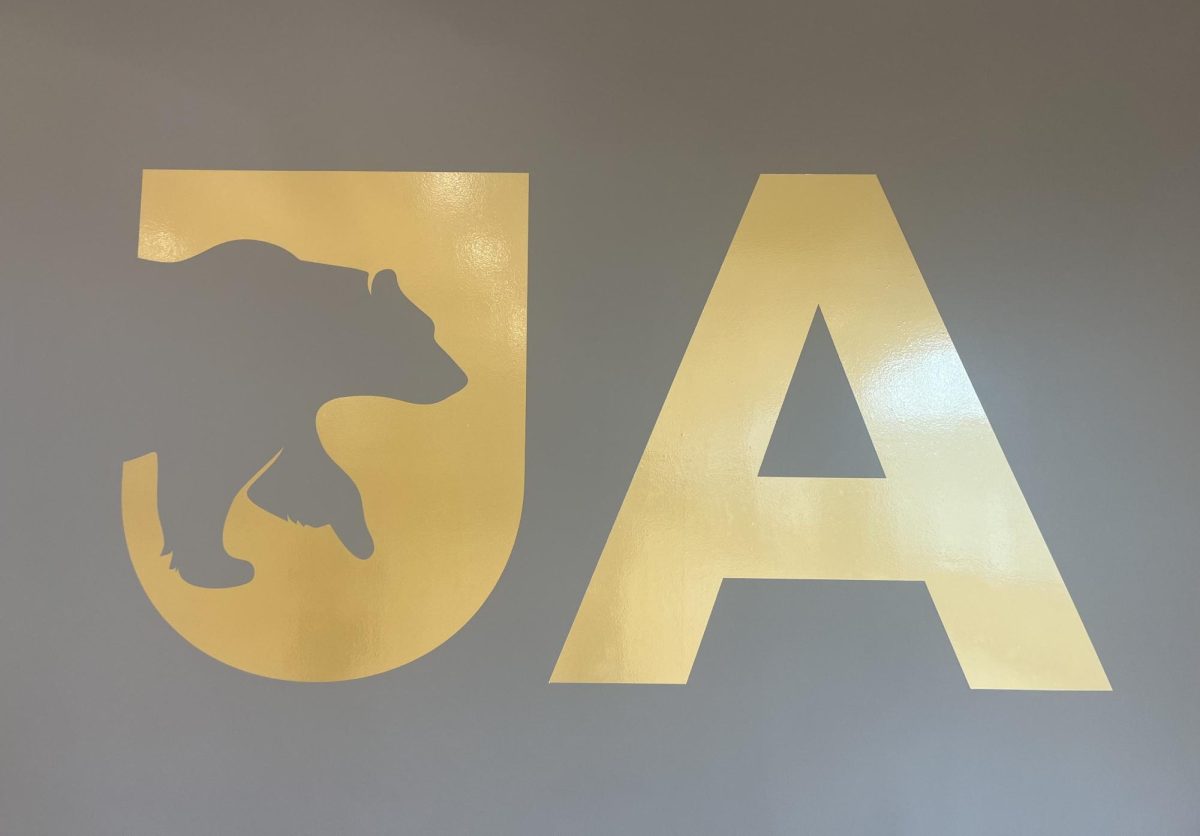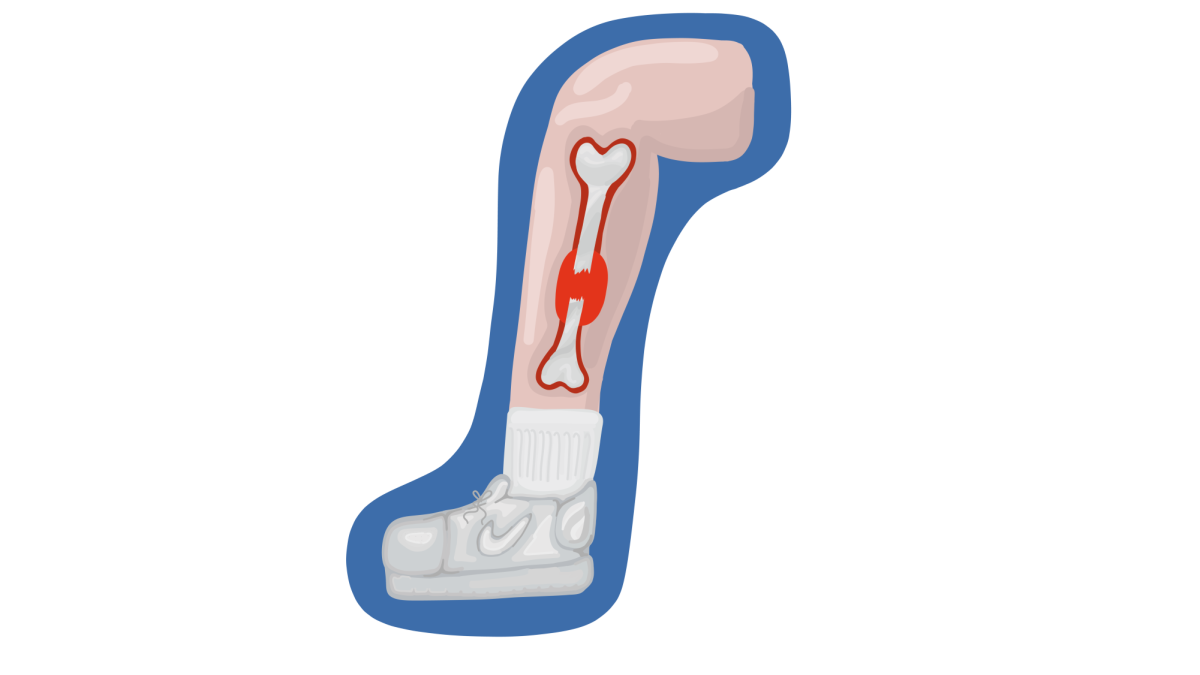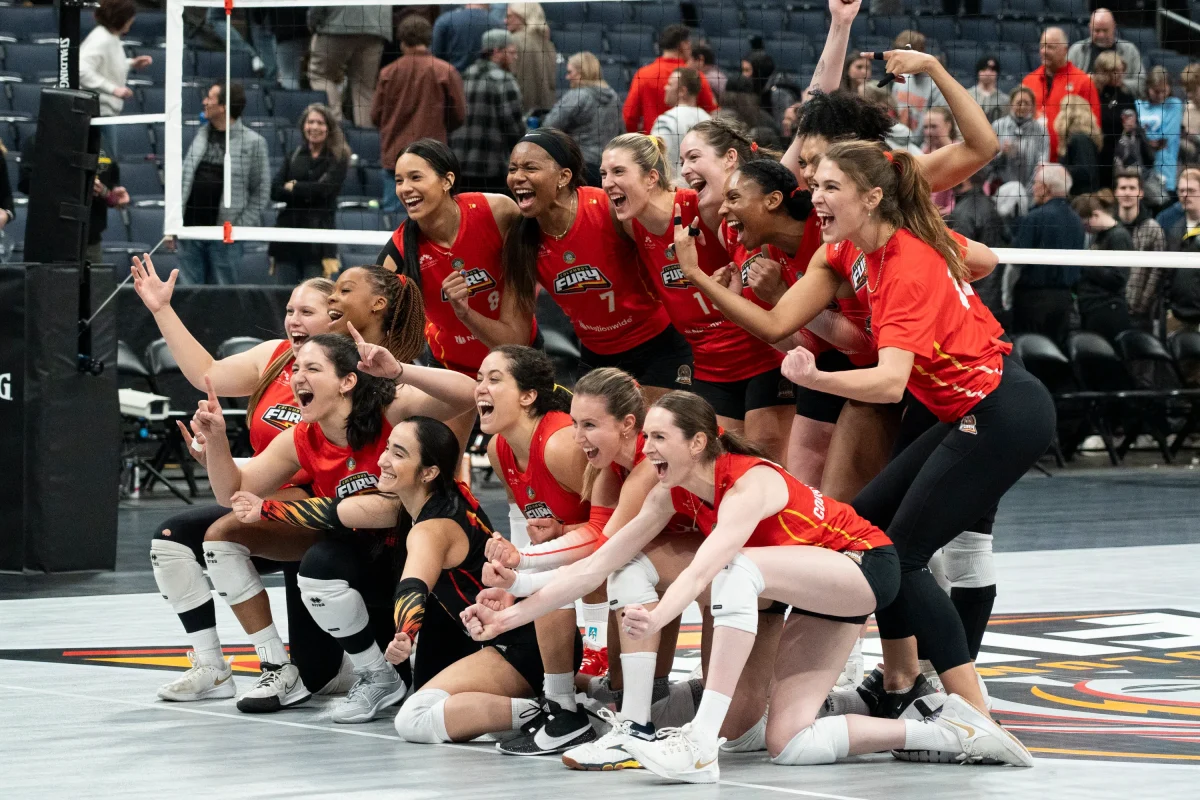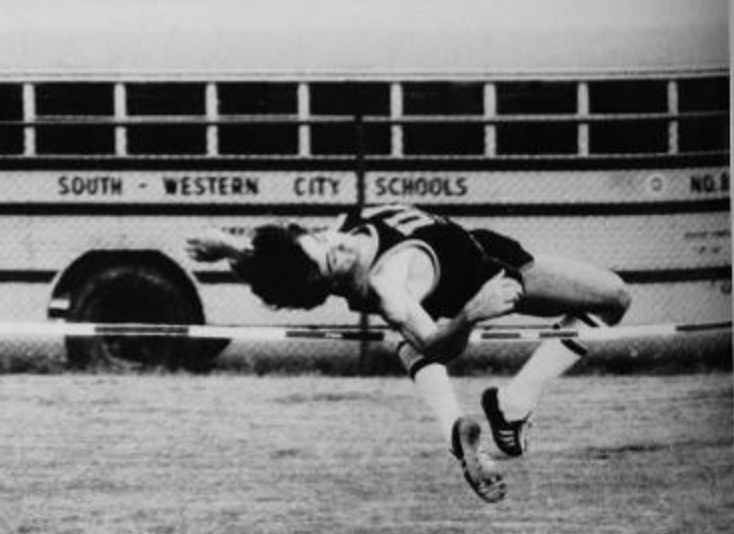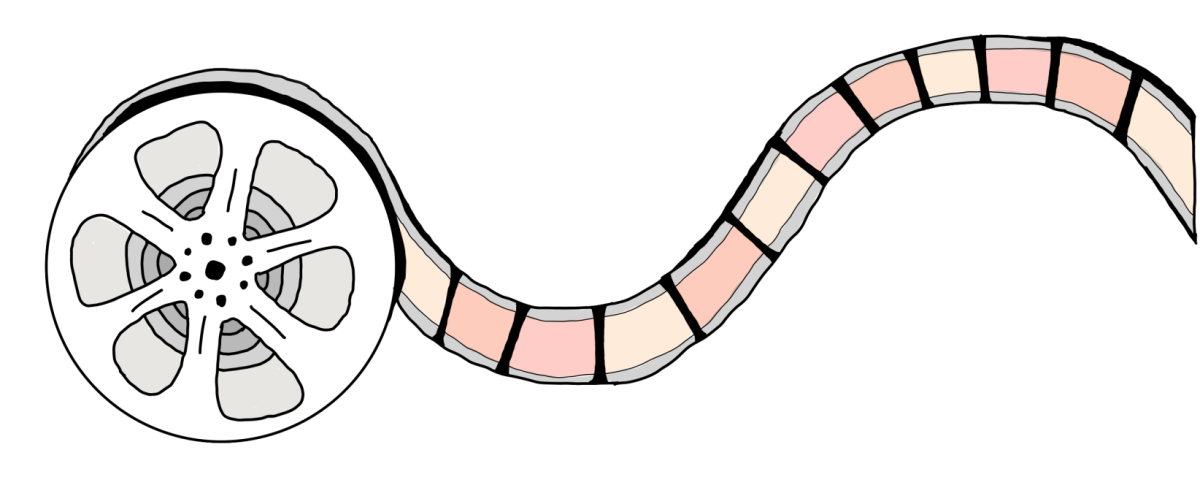Torn up streets. Looming construction vehicles. Orange cones, traffic detours. Freshly paved roads. Overnight repairs. Beautiful city centers. Fishinger Road—and soon to be Northwest Boulevard. What do they all have in common? Each is a product of the hard work of the Upper Arlington Engineering Division, whose projects, whether big or small, impact each and every one of the residents of Upper Arlington.
The Engineering Division’s primary role is to create, update, and implement the 10-Year Capital Improvement Program, a 178-page document that details the planned projects that the division will undertake in the next ten years (the program can be found on the City of Upper Arlington’s website). The document contains a selection of areas of improvement, ranging from maintenance of UA’s many parks, to its countless sidewalks and roads, to waterline maintenance and sanitation concerns. While each are incredibly important, the most noticeable among the undertakings of the Engineering Division are those which impact roads.
HOW ROAD-WORK WORKS
Street work is generally categorized into two major categories: ‘mill and fill’ jobs and reconstructions. Of the two, ‘mill and fill’ work is the less disruptive.
“With a mill and fill, typically [road workers] would just grind off about two inches of pavement and replace it with two inches of pavement—it’s really just a surface treatment to restore the street,” Aaron Scott, an assistant engineer with the Engineering Division, said.
‘Mill and fills’, which typically affect more than 20 individual streets in a year, do not typically affect traffic, excluding times when construction crews remove and replace pavement. In the process, workers typically remove pavement sections across the city at one time. Once these sections of the road have been removed, drivers can regularly access the roads. Around two to three weeks later, the same construction teams return to pave all the milled roads, filling in the removed pavement.
Reconstructions, Scott explained, are often a much larger undertaking.
“Once a street gets below a certain street rating it’s in bad enough condition that just replacing that top surface of asphalt is not good enough, we do a full reconstruction,” he said. We go down probably four or five inches of pavement on top, and then another base level that’s around twelve inches where we stabilize the layer by mixing active cement to make it a harder substance.”.
A full reconstruction, Scott said, usually requires around 16 inches of total surface removal; in addition, the Engineering Division also includes curb replacement and driveway approaches in their reconstruction, further complicating the process.
Reconstructions often include enough separate parts that they are classified as their own projects, often encompassing street replacement, waterline work, and sometimes sidewalk repairs. Typical reconstructions can take several months until they are fully complete (varying with complexity).
Not all projects can be completed in this timeframe, however. One of the most recent examples of a road reconstruction process is the Fishinger replacement, which was scheduled to take a year to complete from start to finish. At the time of writing, that project is expected to finish on schedule this winter.
Throughout the processes of ‘mill and fill’ work and reconstructions, Scott said one of the Engineering Division’s primary concerns is working to make the process as painless as possible for residents whose regions will be impacted. This can take several forms, with the division holding several public informative meetings as well as making sure residents know how to contact site supervisors or members of the Engineering Division. For residents who need to access their driveways or have mobility concerns, workers provide steel plates or other means of access to areas affected by construction.
FISHINGER AND THE FUTURE
Several important projects remain on the horizon for the Engineering Department. Slated projects include adjustments to Redding Road in 2025 and improvements to Zollinger Road in 2025 and 2026. Various road reconstructions and ‘mill and fill’s can be found online and affect streets across the city.
Perhaps more pertinent to UAHS is a 2024 reconstruction of Northwest Boulevard, which will extend from Fishinger to Berkshire Road. The project will include full depth reconstruction, gutter and driveway replacements, and ancillary improvements (such as storm sewer replacements).
“That is going to be on a similar scale to the Fishinger Road project, so there will be a lot of coordination required with the schools as well… a lot of students have to cross to get to their school, so we’re going to have to work with the school a lot as far as routeing pedestrians to get them to their school and things like that,” Scott said regarding the process. “It will be a major process with a lot of public involvement.”
During the process, students should expect delays to typical travel times as well as detours and additional traffic. Scott emphasized that it’s important to try and abide by the paths created by the Engineering Department in order to avoid excess disturbances to people living in and around construction sites and prevent more congestion in commonly used areas.
While projects like the Fishinger Road reconstruction can cause frustration and slow typical movement, they are integral to keeping the infrastructure of Upper Arlington up to date and ensuring a well-functioning city. Throughout the process, it’s important to keep up to date on changes which may occur in your neighborhood, and more detailed information can be found in the Engineering Division’s 10-Year Capital Improvement Program.
Torn up streets. Looming construction vehicles. Orange cones, traffic detours. Freshly paved roads. Overnight repairs. Beautiful city centers. Fishinger Road—and soon to be Northwest Boulevard. What do they all have in common? Each is a product of the hard work of the Upper Arlington Engineering Division, whose projects, whether big or small, impact each and every one of the residents of Upper Arlington.
The Engineering Division’s primary role is to create, update, and implement the 10-Year Capital Improvement Program, a 178-page document that details the planned projects that the division will undertake in the next ten years (the program can be found on the City of Upper Arlington’s website). The document contains a selection of areas of improvement, ranging from maintenance of UA’s many parks, to its countless sidewalks and roads, to waterline maintenance and sanitation concerns. While each are incredibly important, the most noticeable among the undertakings of the Engineering Division are those which impact roads.
HOW ROAD-WORK WORKS
Street work is generally categorized into two major categories: ‘mill and fill’ jobs and reconstructions. Of the two, ‘mill and fill’ work is the less disruptive.
“With a mill and fill, typically [road workers] would just grind off about two inches of pavement and replace it with two inches of pavement—it’s really just a surface treatment to restore the street,” Aaron Scott, an assistant engineer with the Engineering Division, said.
‘Mill and fills’, which typically affect more than 20 individual streets in a year, do not typically affect traffic, excluding times when construction crews remove and replace pavement. In the process, workers typically remove pavement sections across the city at one time. Once these sections of the road have been removed, drivers can regularly access the roads. Around two to three weeks later, the same construction teams return to pave all the milled roads, filling in the removed pavement.
Reconstructions, Scott explained, are often a much larger undertaking.
“Once a street gets below a certain street rating it’s in bad enough condition that just replacing that top surface of asphalt is not good enough, we do a full reconstruction,” he said. We go down probably four or five inches of pavement on top, and then another base level that’s around twelve inches where we stabilize the layer by mixing active cement to make it a harder substance.”.
A full reconstruction, Scott said, usually requires around 16 inches of total surface removal; in addition, the Engineering Division also includes curb replacement and driveway approaches in their reconstruction, further complicating the process.
Reconstructions often include enough separate parts that they are classified as their own projects, often encompassing street replacement, waterline work, and sometimes sidewalk repairs. Typical reconstructions can take several months until they are fully complete (varying with complexity).
Not all projects can be completed in this timeframe, however. One of the most recent examples of a road reconstruction process is the Fishinger replacement, which was scheduled to take a year to complete from start to finish. At the time of writing, that project is expected to finish on schedule this winter.
Throughout the processes of ‘mill and fill’ work and reconstructions, Scott said one of the Engineering Division’s primary concerns is working to make the process as painless as possible for residents whose regions will be impacted. This can take several forms, with the division holding several public informative meetings as well as making sure residents know how to contact site supervisors or members of the Engineering Division. For residents who need to access their driveways or have mobility concerns, workers provide steel plates or other means of access to areas affected by construction.
FISHINGER AND THE FUTURE
Several important projects remain on the horizon for the Engineering Department. Slated projects include adjustments to Redding Road in 2025 and improvements to Zollinger Road in 2025 and 2026. Various road reconstructions and ‘mill and fill’s can be found online and affect streets across the city.
Perhaps more pertinent to UAHS is a 2024 reconstruction of Northwest Boulevard, which will extend from Fishinger to Berkshire Road. The project will include full depth reconstruction, gutter and driveway replacements, and ancillary improvements (such as storm sewer replacements).
“That is going to be on a similar scale to the Fishinger Road project, so there will be a lot of coordination required with the schools as well… a lot of students have to cross to get to their school, so we’re going to have to work with the school a lot as far as routeing pedestrians to get them to their school and things like that,” Scott said regarding the process. “It will be a major process with a lot of public involvement.”
During the process, students should expect delays to typical travel times as well as detours and additional traffic. Scott emphasized that it’s important to try and abide by the paths created by the Engineering Department in order to avoid excess disturbances to people living in and around construction sites and prevent more congestion in commonly used areas.
While projects like the Fishinger Road reconstruction can cause frustration and slow typical movement, they are integral to keeping the infrastructure of Upper Arlington up to date and ensuring a well-functioning city. Throughout the process, it’s important to keep up to date on changes which may occur in your neighborhood, and more detailed information can be found in the Engineering Division’s 10-Year Capital Improvement Program.






